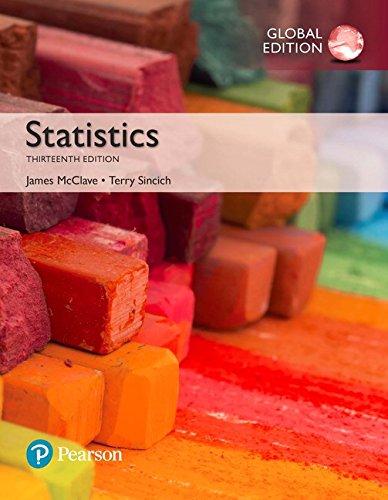Refer to Example 12.6 (p. 710), in which we modeled the auction price y of a grandfather
Question:
Refer to Example 12.6 (p. 710), in which we modeled the auction price y of a grandfather clock as a function of age x1 and number of bidders, x2. The data for this example are repeated in Table 12.9, with one important difference: The auction price of the clock at the top of the sixth column has been changed from $2,131 to $1,131
(highlighted in the table). The interaction model E1y2 = b0 + b1 x1 + b2 x2 + b3 x1 x2 is again fit to these (modified) data, with the MINITAB printout shown in Figure 12.41.
The residuals are shown highlighted in the printout and then are plotted against the number of bidders, x2, in Figure 12.42. Analyze the residual plot.
Identifying outliers—Grandfather Clock Price Model Example 12.16 Table 12.9 Altered Auction Price Data Age x1 Number of Bidders, x2 Auction Price y Age x1 Number of Bidders, x2 Auction Price y 127 13 $1,235 170 14 $1,131 115 12 1,080 182 8 1,550 127 7 845 162 11 1,884 150 9 1,522 184 10 2,041 156 6 1,047 143 6 845 182 11 1,979 159 9 1,483 156 12 1,822 108 14 1,055 132 10 1,253 175 8 1,545 137 9 1,297 108 6 729 113 9 946 179 9 1,792 137 15 1,713 111 15 1,175 117 11 1,024 187 8 1,593 137 8 1,147 111 7 785 153 6 1,092 115 7 744 117 13 1,152 194 5 1,356 126 10 1,336 168 7 1,262
Step by Step Answer:





